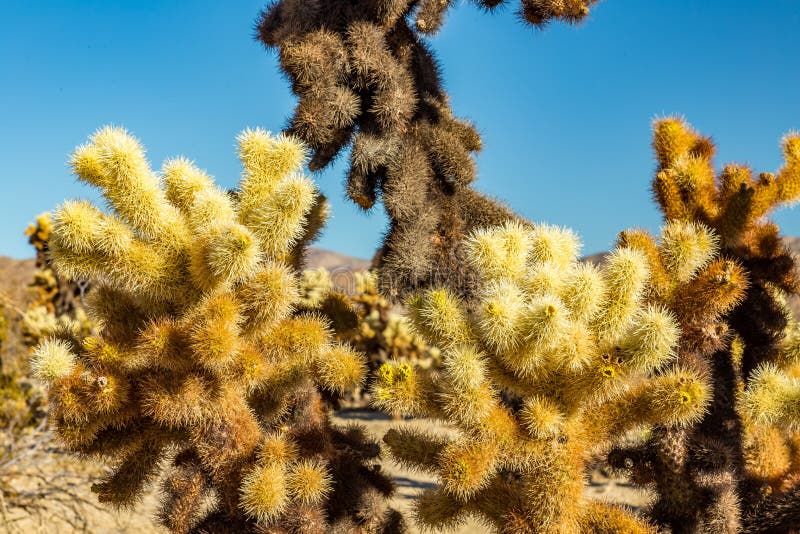

This prevents water loss back into the soil and saves the plant from having to use its energy to maintain them. Then, after the soil dries out and they are no longer needed, the root hairs die away. These root hairs grow quickly, rapidly increasing the surface area of the root system that’s in contact with the soil. Temporary Root HairsĪnother interesting way cactus roots harness precious water and prevent water loss is by sprouting temporary root hairs when it rains. Most desert cacti have an extensive system of shallow roots that spread out widely near the surface of the soil, with some larger cacti such as the giant saguaro also having a deep taproot that anchors the plant and stores water.Ī shallow root system allows cacti to absorb as much water as possible when it rains, as well as providing access to small amounts of moisture that may occur at the surface due to fog, mist, or morning dew. There are two features of desert cactus roots that give them the ability to do this. So cactus adaptations to collect water quickly and efficiently before the moisture evaporates away in the dry air are essential for the plant to survive. When it does rain, it comes in short bursts. Cactus Roots Gather Water Quickly And Efficiently After Brief Desert Rainsĭesert cacti live in arid regions that get very little precipitation. The focus of this article will be desert cacti and the different ways they have adapted to hot, arid environments. Note that not all cacti are desert cacti, as there is a group of cacti known as jungle cacti that grow in tropical rainforests, which includes the Christmas cactus, epiphytic cacti such as Rhipsalis, and the night-blooming Hylocereus. Regardless, you’re sure to be surprised by some of the amazing ways these hardy plants have become specialists in surviving some of the most foreboding environments on the planet. You may be interested in learning about these cactus adaptations out of curiosity or because you would like to better understand them so you can provide your cactus houseplants with the best care possible. Read on to learn how every part of the cactus plant has become optimized for desert survival. How are cacti adapted to the desert? Cacti have numerous anatomical and behavioral adaptations for absorbing and storing water, preventing water loss, protecting themselves from predators, limiting damage from the hot sun, saving their energy, requiring few resources, and attracting pollinators. So what is it about cacti that makes them such strong survivalists in these hostile environments?

Not only are they unique in appearance, but cactus adaptations give them a remarkable ability to thrive in harsh desert landscapes where few other plants can survive. Cacti are intriguing plants that sometimes seem like they are from another world.


 0 kommentar(er)
0 kommentar(er)
